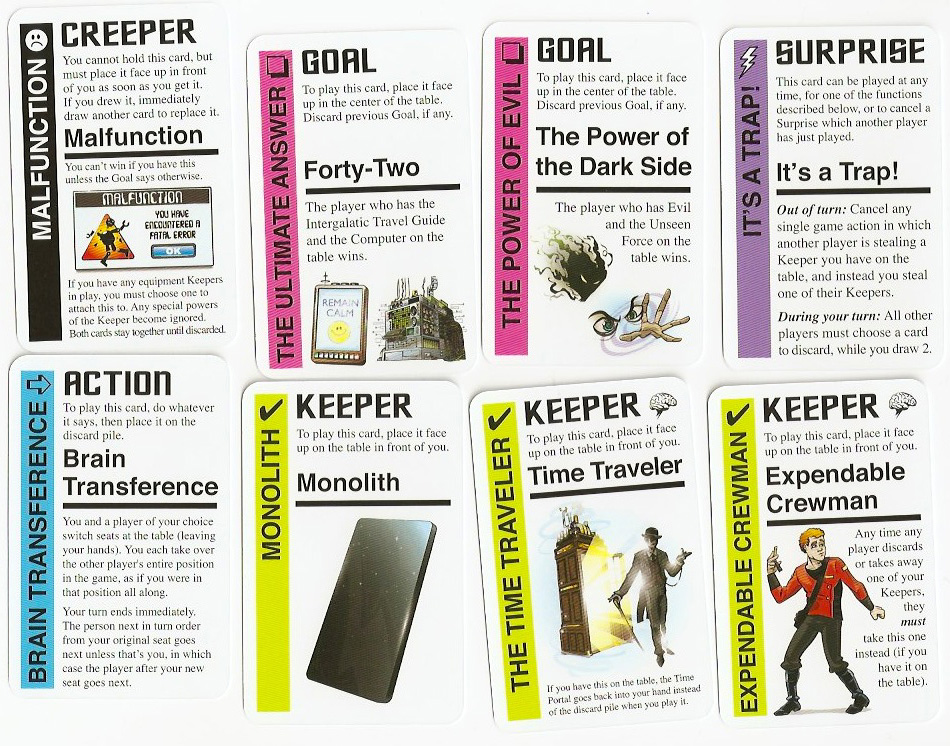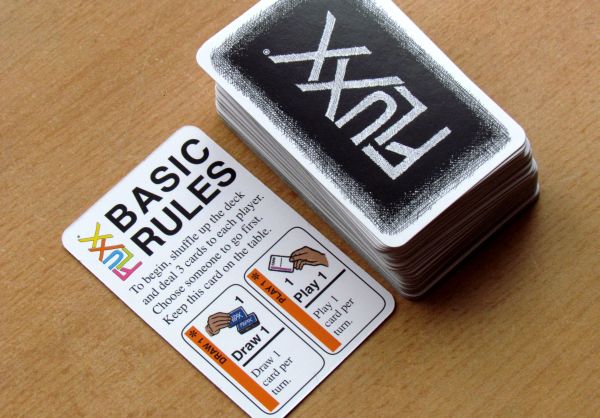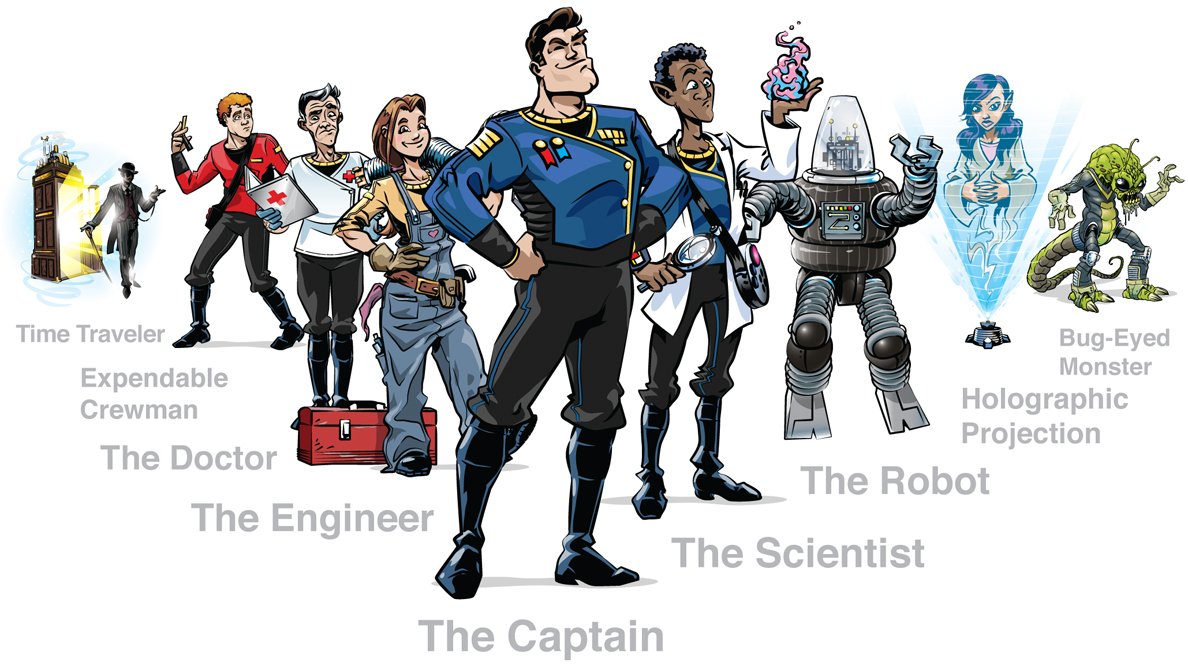http://gamedesigndiary.com/2013/09/25/storytelling-timelines/?goback=.gmr_2578390.gde_2578390_member_276402264#!

I’d like designers to understand the role of a timeline within a development team, especially in projects with a campaign mode. Designers should work with writers, directors and art directors to gather the required information when creating a timeline.
Basic elements covered in this post include:
- Game time line function
- Time line examples
- Communicating a timeline
- Summary
—————————————————
1 – Game time line function
A timeline communicates a snapshot of the intended experience both in terms of game play and story beats. The primary functions of timelines also include:- Help identify potential high-level risks from custom gameplay, story and environmental art requirements e.g. If you decide to have a snow level this would be identified early as a high risk scope for such a short part of the game. A quick decision can be made to re-theme the level or keep it but use the features in more levels
- Created early, timelines allow design to get feedback and buy-in from team members, management and publishers at the start of production. Getting buy-in early can help you push back on large change requests later in production
- Set priorities on each level/beat to allow the team to focus on the highest priority ‘core experience’ first (along with the corresponding features). Try a simple priority system like A, B, C levels so team members know where the initial production focus will go e.g. A = Must have, B = Should have, C = Would be nice to have
- Alongside a feature list* timelines provide enough information to help production plan for current scope as well as staffing needs e.g. you will know pretty quickly if you’ve over scoped in terms of variety of environments or number of levels
- Set priorities to know ahead of time which levels you could put on hold should you need to adjust scope without compromising the vision. Transparency breeds trust and buy-in (Also following a level gating** process will helps)
- Be flexible enough to cope with creative changes based on discoveries and feedback during the development. No production plan or development will go according to plan, new ideas, feedback and creative discoveries and changes WILL happen.
- A simple way to communicate art direction and level theme, you have concept art so use it to inspire the team
- A simple document that can go through a multiple iterations early in the project before planning or even level production has started (see example below)
- Incomplete timelines show areas that need resolution, keeping unknowns transparent is key to building trust and inviting the team to contribute. I’d advise knowing where you want to start and end the game before displaying a timeline
[**Gating process - A series of level reviews titled 'gate' that a level must pass in order to continue to the next. Gates are organized reviews providing room for iteration without wasting level development effort. A post will be done on this at some point]
2 – Time line examples
Below is part of a basic high-level timeline for a campaign based AAA action/driving title.

This is an example timeline for an imaginary title, ignore details as I made them up rather quickly, (actually about 15 minutes:). A timeline created early on in a project will raise a lot of questions and generate a lot of discussion within the team and help evolve the design/story. You’ll need to have answers for each or a time when answers will be generated.
Questions like these will arise:
- Episode
- A name allows the team a common reference when they want to talk about a level, will these become the base for naming conventions?
- Playtime
- Is the game too long or too short? Could some levels be longer or shorter?
- What is meant by a long, medium or short levels and do you have the appropriate resources in the development plan?
- Location
- How many environments need to be developed?
- Can any of the environments share resources?
- Are there too many environments? If so alternative solutions discussed
- Mission objectives
- Where is the excitement in your title? Are the objectives exciting and have enough variety?
- Mission objectives will also start a great dialogue with the writers
- You could add a story beats line in addition to mission objectives
- Episode highlights
- What is it that the player will most remember about this game and episode?
- How are you and can you pull off these big moments?
- Gameplay
- Are you using your core game play?
- Is there enough variety or are there too many similar experiences in a row?
- Can you produce all these game play types at a high level of polish?
- What is meant by the game play descriptions above?
- Priority
- As discussed above priorities help focus the team and provide flexibility to development in case of change
Below are some other examples, uses and configurations for timelines (I had to blur the images as they are real timelines):
- A visual time line to show an IP’s narrative

- A timeline that shows cinematic beats and level designs intended intensity levels

- A level design ‘quick look’ walk-through For gameplay beats

- A detailed time line for characters and story beats and plot Branching possibilities

- A simple work in progress post-it note timeline on a team wall (later converted into a more professional format)

- A whiteboard time line for use during creative writing sessions with writers, designers, artists or directors

The possible formats and uses for a time line goes on, be creative and be clear what your documents function on the team is. Additionally you can use time lines for non-campaign games such as Multiplayer, Open world missions, Etc.
3 – Communicating a timeline
When you have created a timeline, get the document to the team via:- Printed out summaries displayed on walls in the development space.
- Having a timeline where the team walks past regularly provides everyone with vision of the game experience.
- Create an entire wall devoted to story, characters and the game flow(also have a game wall***)
- Email to the team with links to the digital versions
- Keep you core documents up to date until they are no longer needed
- Have an uncluttered Digital space where core documents can be referenced easily
- Team, design, art or production meetings
- Remember to mention these key design and story documentation and request feedback
There is an almost limitless number of potential styles and presentation methods for timelines, I suggest picking a style that works for you and evolving it from there. If you can make your wall time line modular then updates become much easier to perform
[***Game wall - A similar concept to a time line which expands to give a full game over view of game loops, systems, etc.]
4 – Summary
As with all documentation and process you must choose the right tools. What is described about is one tool that can be used or evolved to suit a different style games e.g. Multiplayer, open world or mobile titles.I want to leave you with these final thoughts: re-do below based on final document
- Timelines communicate a snapshot of a story or game play experience
- Keep it current, accessible, visual and add detail as appropriate
- Timelines help control level scope and priorities
- Timelines provide early opportunities to raise red flags & get buy-in
- Time lines provides vision and buy-in From the team














More: Console/PC, Design, Exclusive